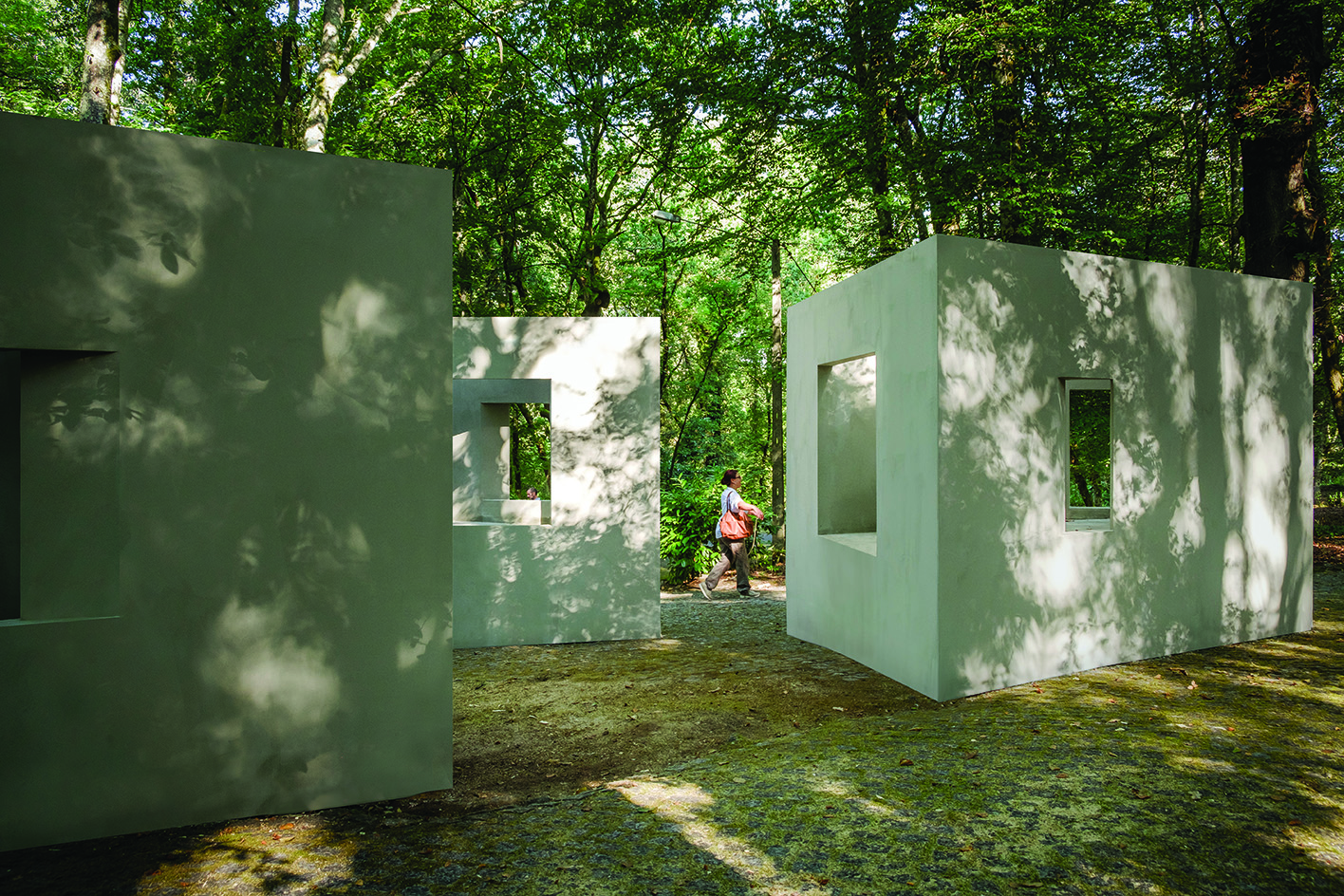
The Open Workshop's Neeraj Bhatia would like to change what it means for architecture to be radical. When the San Francisco–based architect and urban designer, entered architecture school the epitome of radical was Deconstructivism. This meant wild drawings and rare but daring constructions in a pre-digital age. Early in his career he was drawn to this definition, and even did a stint at the famously avant-garde firm Coop Himmelblau, but the pursuit of ‘form for form’s sake’ wasn’t satisfying. Simply looking radical wasn’t enough, for architecture to truly be radical it needed to have an effect on people and policy.
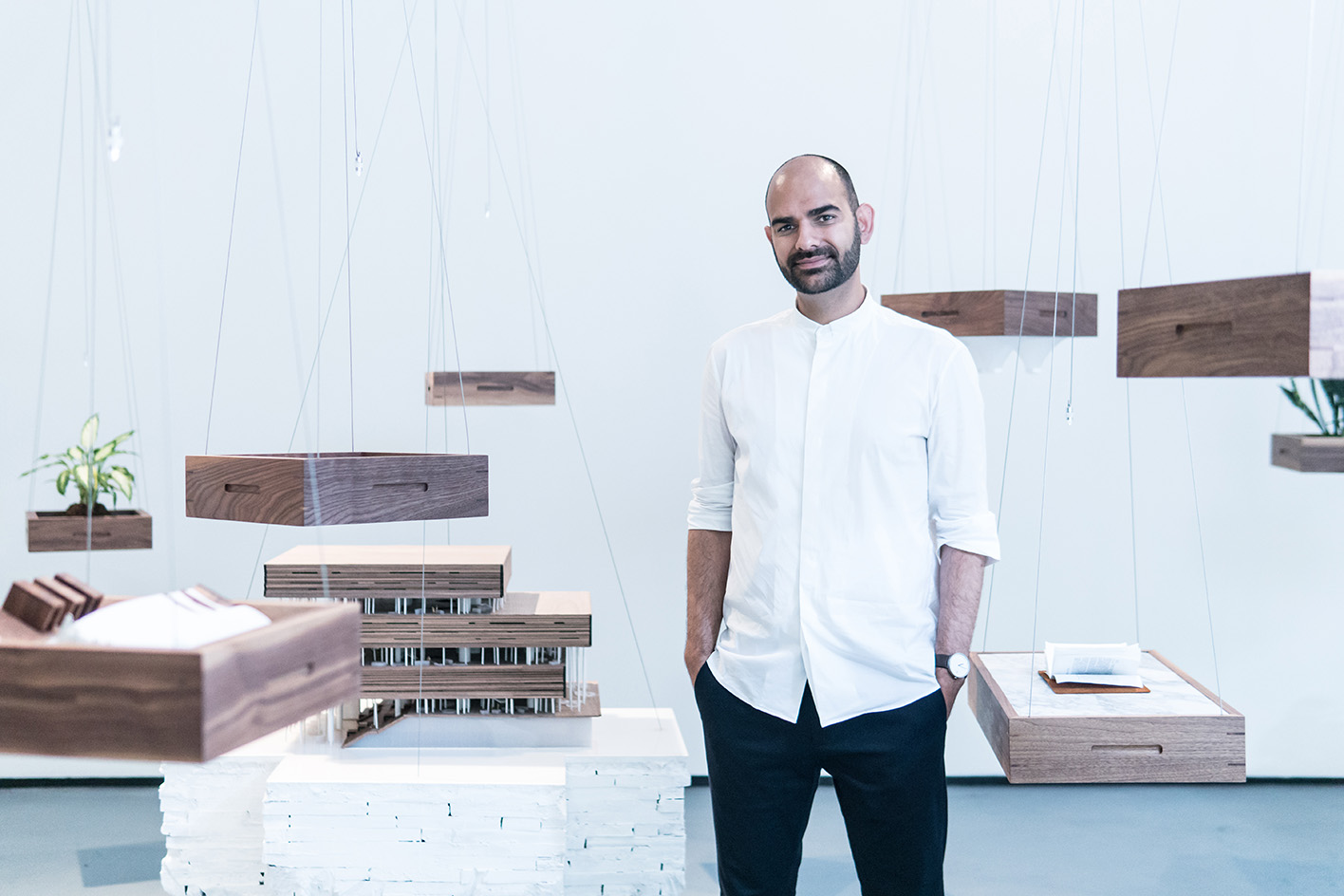
The Open Workshop: from aesthetics to urbanism
For Bhatia, broadening his interest from aesthetics to urbanism was profound. He started to recognize how architecture was interconnected to or implicated within political processes and histories of systemic power. ‘When you see something, you can’t unsee it,’ he says, likening the realisation to how hikers read for clues in a landscape. ‘You see how architecture touches a community, how it impacts climate. Once that criteria is there, ignoring it is a conscious choice.’
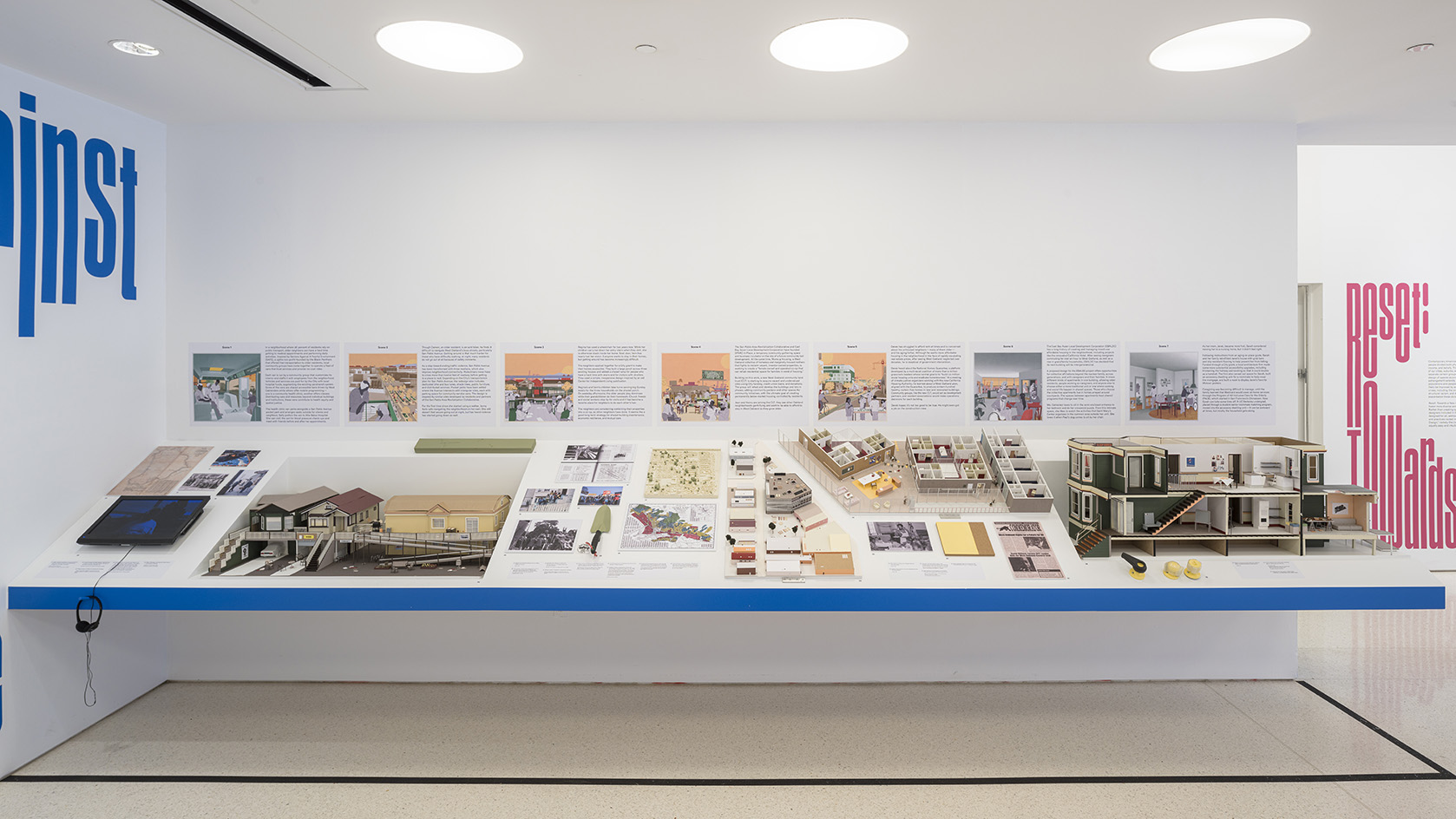
Facing these issues, Bhatia founded The Open Workshop in Toronto in 2013, a year later relocating to San Francisco, where he teaches at the California College of the Arts and co-directs the research lab The Urban Works Agency. His small practice focuses on ‘how architecture can empower subjects often overlooked by architecture—from the natural environment to people living in precarity.’
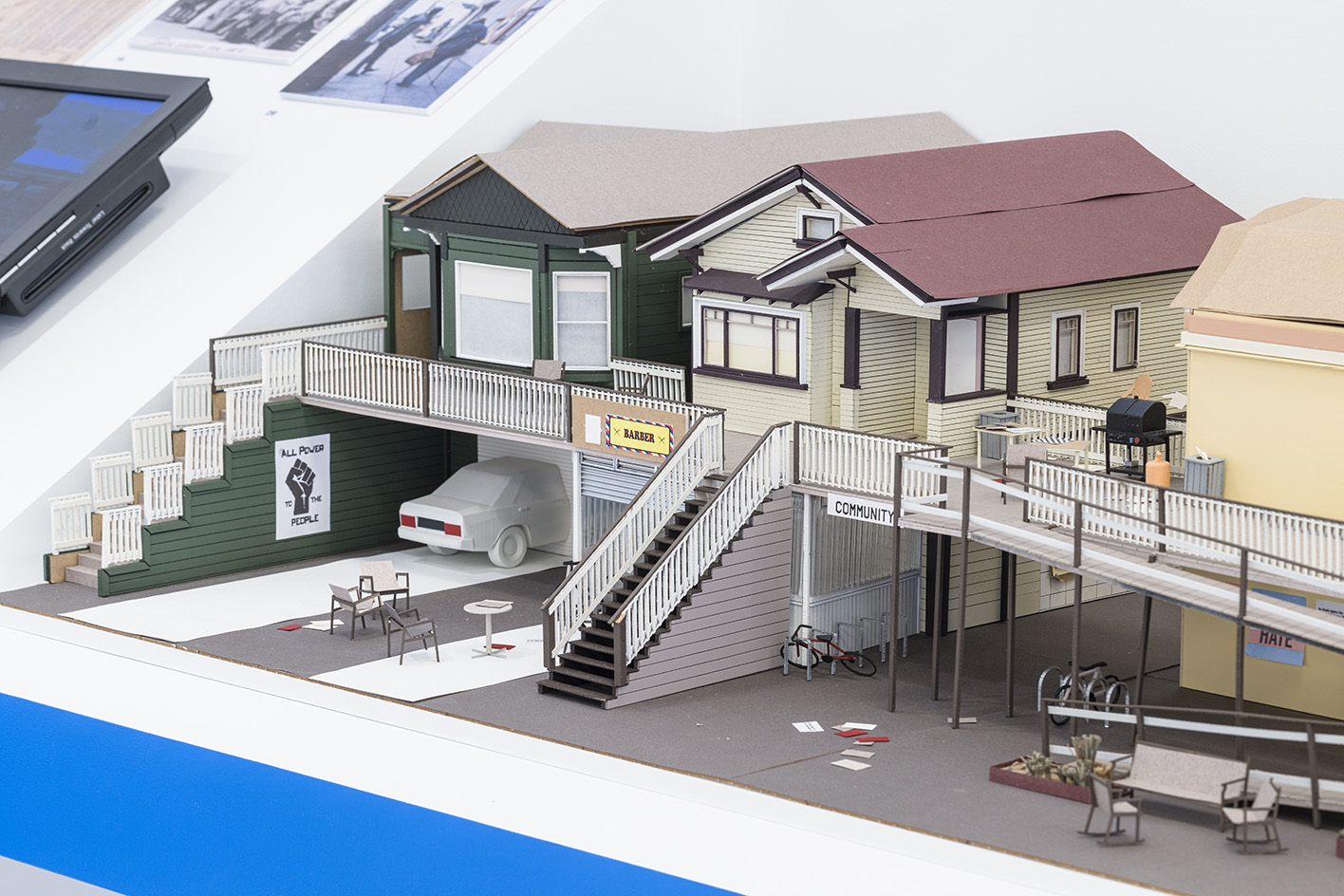
The Open Workshop’s contributions to the 2021 Chicago Architecture Biennial, for example, combined The Center Won’t Hold, a square, Quaker-meeting room-like installation, with a series of broadsheets designed to build solidarity between community organisations in the Bronzeville neighbourhood. Built in the middle of the pandemic, it celebrated communal practices and supported local mutual aid and resource sharing initiatives.
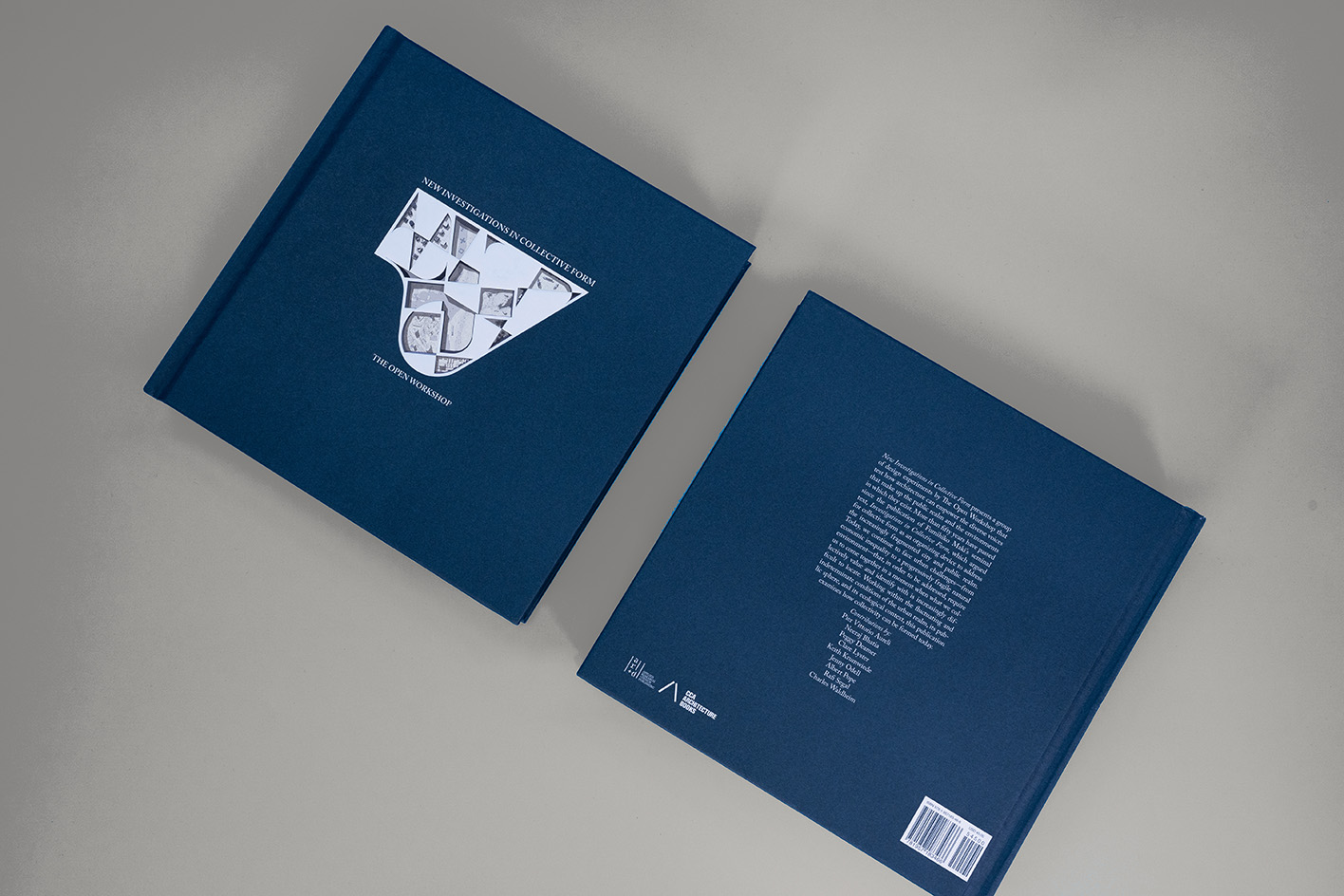
Recent investigations take on collective housing, a topic particularly critical in the Bay Area, where housing costs are stratospherically high. For Aging Against the Machine, a design proposal studying ageing in West Oakland, Bhatia collaborated with New York–based educators Ignacio G. Galan and Karen Kubey, and community groups. Their project, exhibited as part of Reset: Towards a New Commons at the Center for Architecture in New York, analysed the physical, social, financial, and cultural barriers facing folks growing old in the city. An upcoming exhibition at Banvard Gallery at Ohio State University, titled Life After Property, continues themes of communing, solidarity, and care.
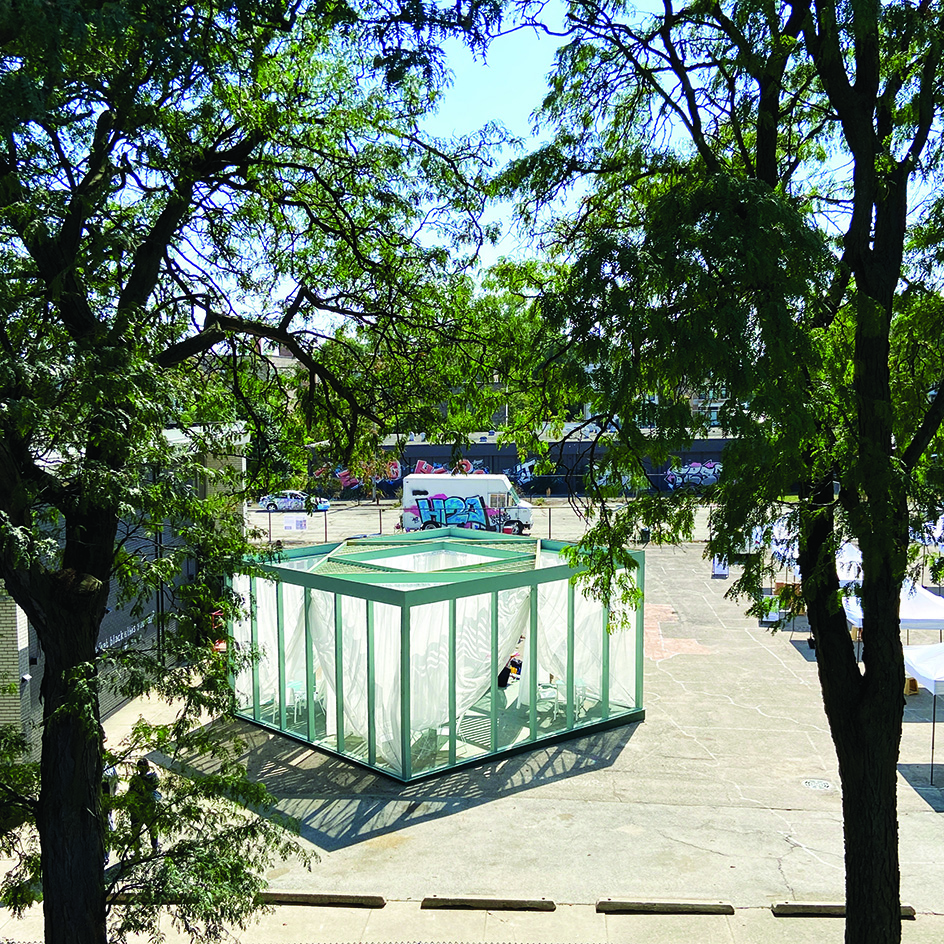
Bhatia describes himself as a choreographer of urban forces as much as a builder, a reframing that is not so much radical, as a new normal. ‘I hope the future generation of architects are also activists and advocates for the community and environment.’







